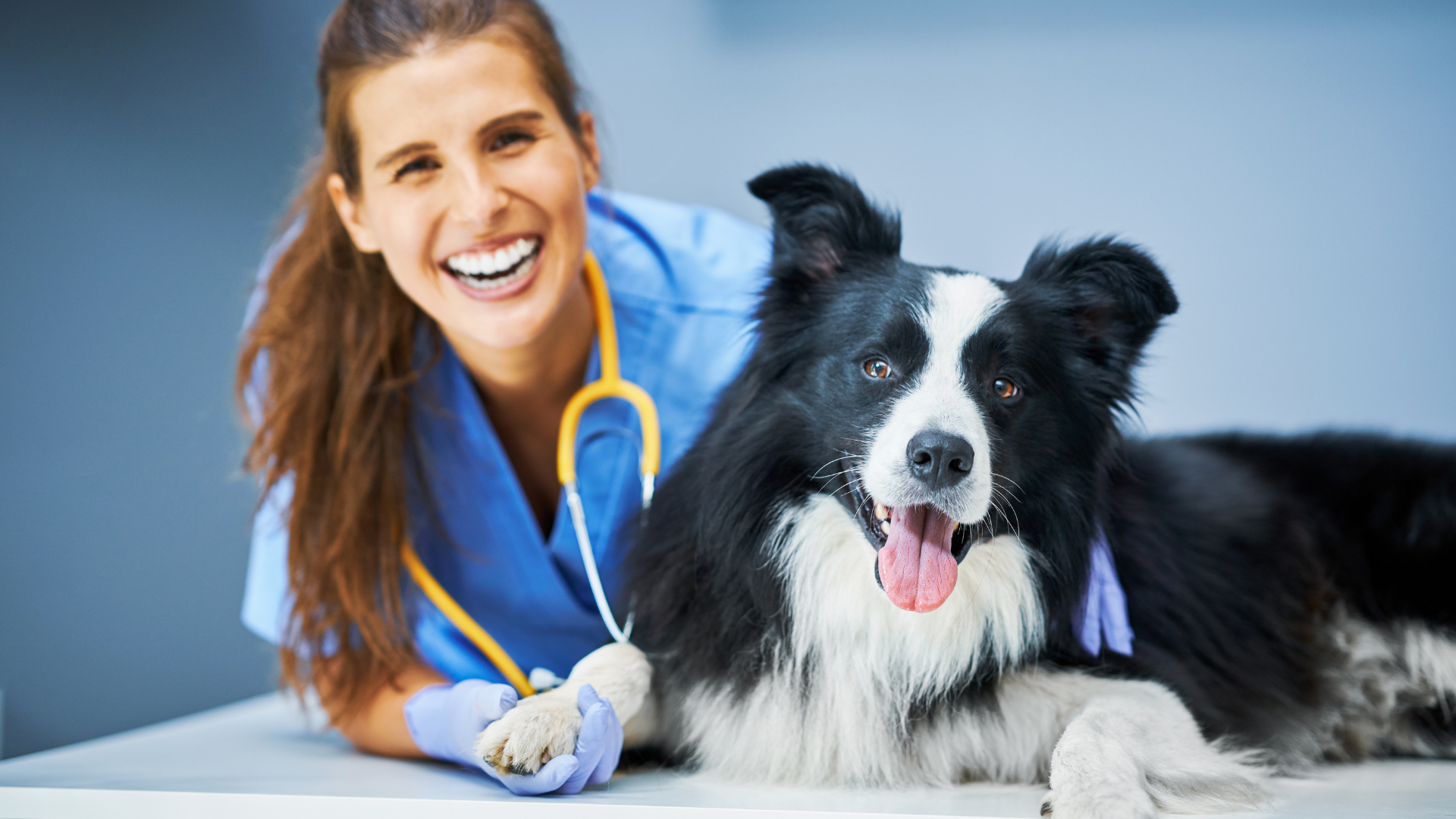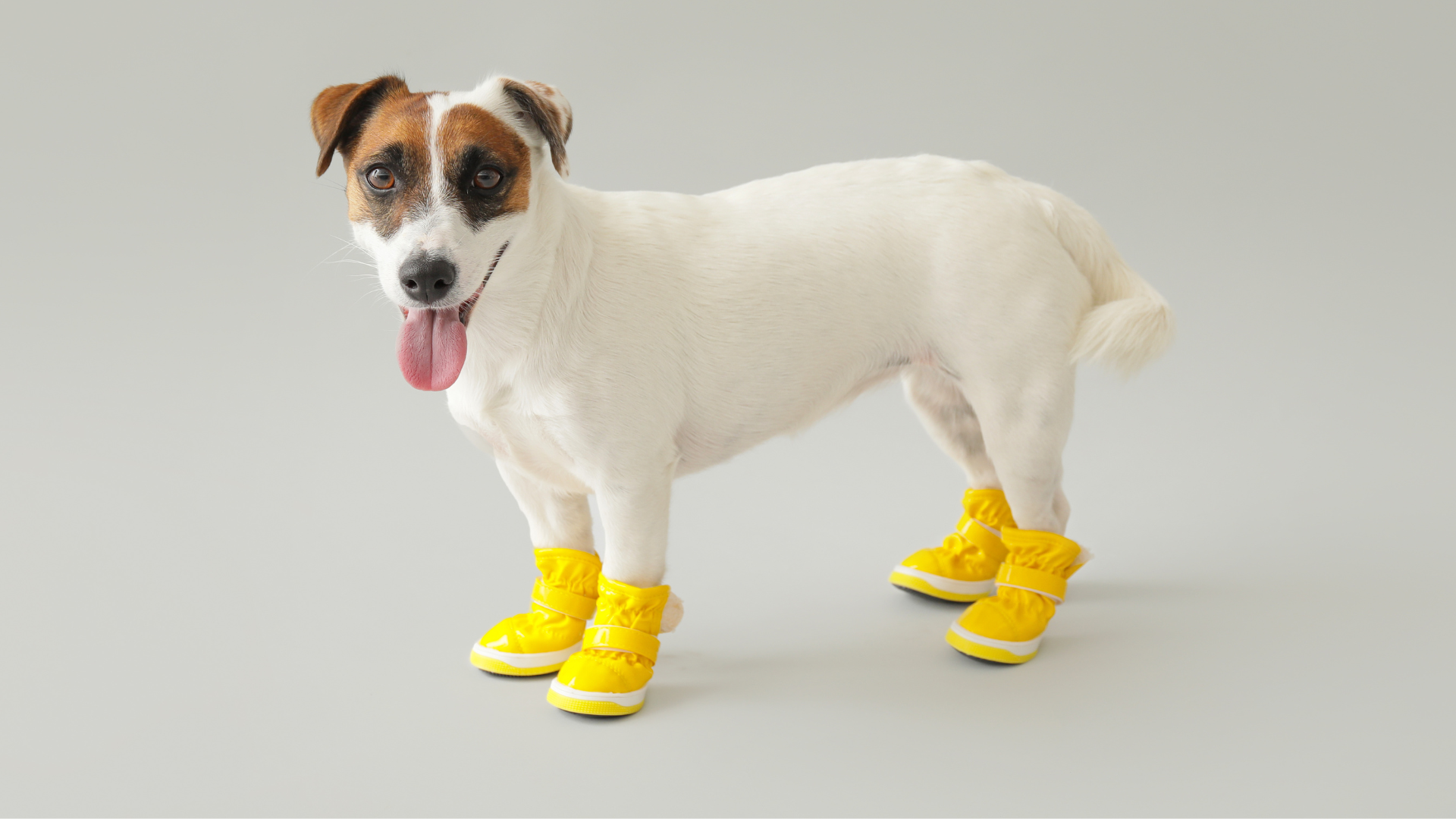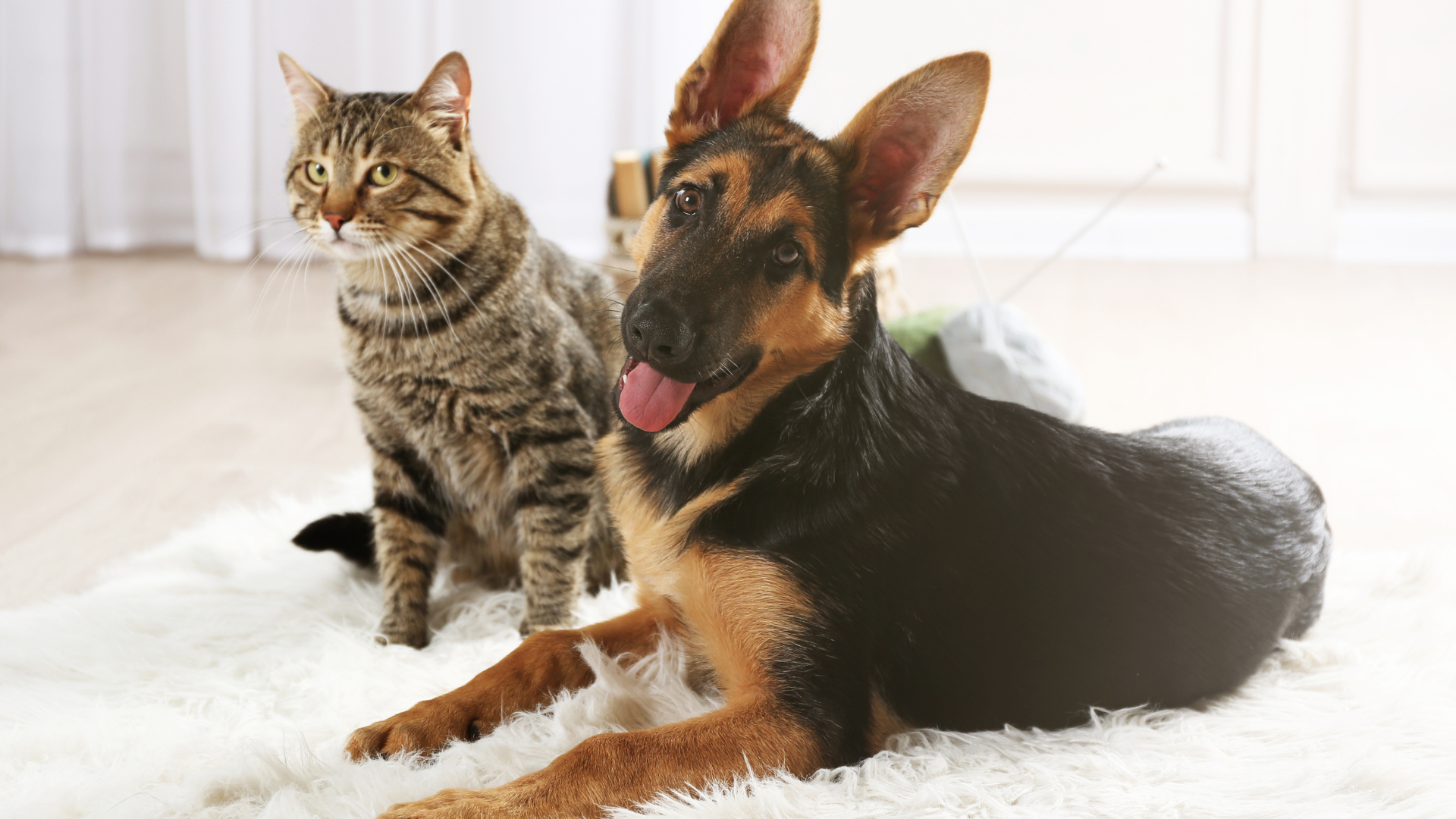The YouTube video "Dog vision, explained", posted by the Howtown channel, delves into the fascinating science of how dogs perceive the world, particularly focusing on their color vision. Contrary to the popular myth that dogs see only in black and white, the video reveals that dogs actually perceive colors in a way that’s quite different from humans. The discussion of how dogs see, coupled with their heightened sensory abilities, paints a comprehensive picture of the unique way dogs experience their surroundings.
In this blog, we’ll explore the science behind dog vision, from their ability to distinguish colors to their extraordinary sense of smell. This deeper understanding can not only enrich our relationship with our furry friends but also help us better care for their needs, including how we maintain a clean and healthy home environment.
Dogs Don’t See Only in Black and White
One of the most common myths about dogs is that they can only see in black and white. However, as the Howtown video explains, this is far from the truth. While humans have three types of cone cells in their retinas, which allow them to see a wide range of colors, dogs have only two types of cone cells. This makes their color vision dichromatic—meaning they can perceive some colors, but their range is far more limited than ours.
The Science Behind Dog Color Vision
Human eyes contain three types of cones, each sensitive to different wavelengths of light—short (S), medium (M), and long (L). This allows humans to see a rich spectrum of colors. In contrast, dogs have only two types of cones that mainly detect blue and yellow wavelengths. This means that while dogs can distinguish between blue and yellow, they struggle with other colors, like red and green, which can appear similar to them.
Interestingly, this dichromatic vision in dogs resembles the color blindness that some humans experience, specifically red-green color blindness. It’s a useful analogy to better understand how dogs perceive the world around them. Although their color range is more limited than ours, it still serves them well, especially in their natural environments where blue and yellow hues play significant roles in their survival, such as in tracking movement or locating food.
More Than Just Color: A Complex Visual System
While dogs may not have the same colorful world that humans do, their visual system is adapted to different environmental needs. One of the most striking differences between human and dog vision is how dogs perceive movement and low light.
Superior Night Vision and Motion Sensitivity
Dogs have a higher number of rod cells in their retinas compared to humans. Rod cells are responsible for detecting light and motion, so this abundance of rods makes dogs much more sensitive to movement, even in dim lighting conditions. This ability is enhanced by a special reflective layer behind their retina called the tapetum lucidum, which reflects light back through the retina, amplifying their ability to see in low-light environments.
These adaptations have evolutionary significance, as they likely helped early dogs in their crepuscular hunting behaviors—hunting at dawn or dusk when lighting is low. For pet owners, this is a reminder that while dogs may not see in full color, they are much better equipped to detect motion and navigate in dim light, such as at night.
How Dogs Perceive the World: Beyond Vision
While dogs rely on their vision, their sense of smell far surpasses that of humans in both strength and importance. The video highlights the overwhelming dominance of a dog’s olfactory system, which is vastly more developed than ours.
The Power of a Dog’s Sense of Smell
Dogs' olfactory bulbs—the part of the brain that processes smells—are significantly larger than in humans. This means they can detect odors at incredibly low concentrations and can perceive scents that are completely undetectable to us. From identifying emotional states to sensing diseases, dogs' noses allow them to interact with the world in a way that humans simply cannot.
Moreover, the brain’s neural pathways from the olfactory bulb connect extensively to various regions of the brain, suggesting that dogs might use smell to map their environment in a similar way humans rely on vision. This concept, known as umwelt, is key to understanding the world through a dog’s eyes. The umwelt concept implies that each species has its own sensory reality, and for dogs, this includes a rich olfactory landscape that defines much of their experience.
How Dogs Use Their Senses: A Unique Sensory World
Understanding dog vision and their heightened sense of smell not only deepens our appreciation for our pets but also helps us design better environments for them. For instance, the way dogs interact with their surroundings may be influenced by their ability to detect movement or the scents around them, rather than by the color of objects. This should inform how we approach training, pet-friendly home environments, and products that cater to their sensory preferences.
Creating Pet-Friendly Environments
When creating spaces for our pets, especially when it comes to cleaning, it’s important to consider their unique sensory needs. Dogs are sensitive to smells, so using natural, non-toxic products like Good Natured Brand’s Carpet Deodorizers, Laundry Powders, and All-Purpose Cleaners ensures a safe environment that aligns with their olfactory sensitivities. Products that are free of harsh chemicals will not only keep your home smelling fresh but also support your dog’s health and comfort.
Implications for Human-Dog Interaction
Understanding how dogs perceive their world leads to more effective communication and interaction with them. The video challenges simplistic representations, such as apps or filters that try to simulate dog color vision. While these tools are fun, they don’t capture the full complexity of a dog’s experience, especially their heightened senses of smell and motion detection.
By recognizing that dogs see the world through a different lens—one dominated by scent and motion—humans can build deeper empathy and improve the way we train and care for our pets. We can enhance our communication with dogs by using visual cues they can understand, along with scents that appeal to their olfactory system. This improved understanding strengthens the bond between humans and dogs.
A New Perspective on Dog Vision
The video "Dog vision, explained" offers a fascinating look into how dogs perceive the world around them, revealing the complexity of their sensory systems. From their ability to see limited colors to their heightened sense of smell and motion detection, dogs experience the world in a way that is fundamentally different from humans. By appreciating these differences, we can become better pet owners and advocates for their well-being.
To learn more about creating an environment that suits your pet's sensory needs, explore our blog and discover products that can help maintain a safe, clean, and pet-friendly space. Be sure to check out our Carpet Deodorizers, Laundry Powders, and All-Purpose Cleaners to ensure your home is a comfortable place for your dog to thrive.
For more insights on how to care for your pet, visit our blog for helpful articles and tips.


















